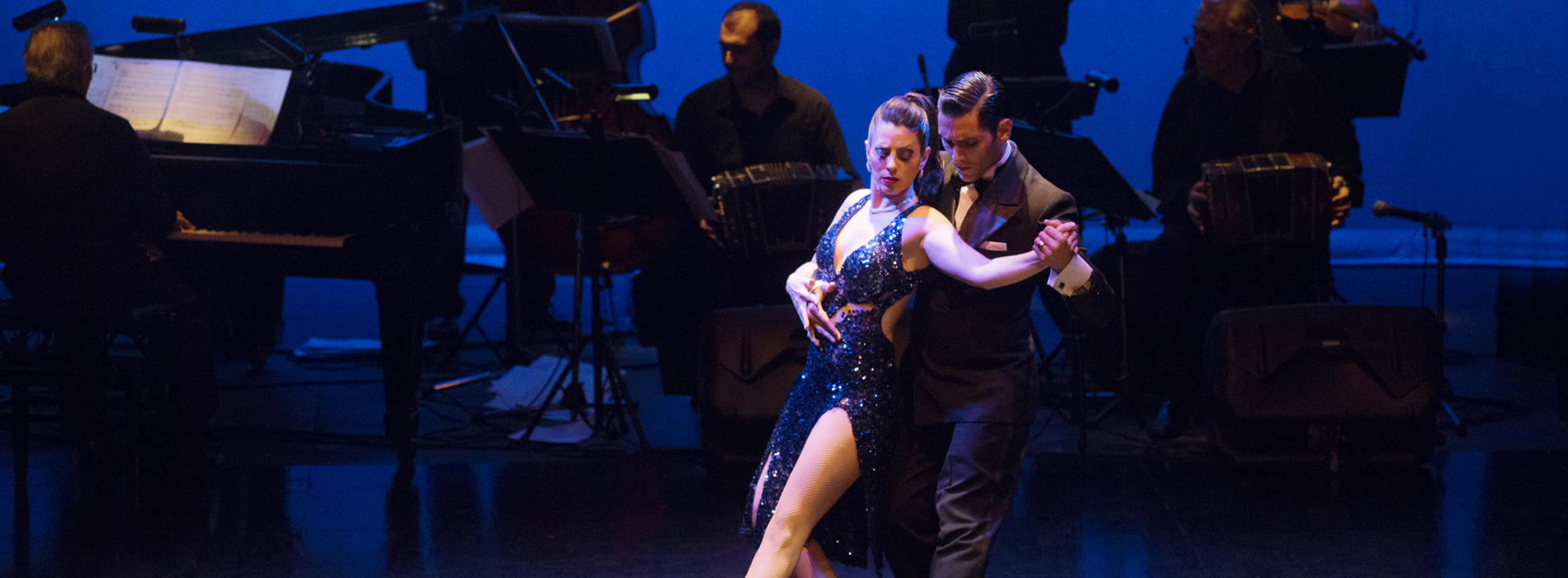
What type of music is used for Argentine tango?
The fascinating and enigmatic Tango gained popularity in Buenos Aires as a sensual and rhythmic musical style after its creation in the Rio de la Plata region of Argentina and Uruguay. Few cultural exports from Argentina have influenced the Argentine tango. Tango Argentino and the tango dance style have expanded over Latin America, Europe, North America, and beyond since the turn of the 20th century, becoming a global phenomenon in music.
What Is Tango Music?
Tango music is a peculiar genre of music that developed in Argentina with the formation of the contemporary tango dance, among the populations of European immigrants and African slaves. While the most common instruments are the guitar, bandoneón (also known as “Tango accordion”), piano, violin, flute, and double bass, other styles that have impacted this well-known musical form include flamenco, polka, mazurka, hanabera, contredanse, valso criolo, milonga, and candombe.
Both a solo instrument and an ensemble orchestra (Orquesta tpica), which often consists of a flute, piano, double bass, and at least two violins and bandoneóns, can be used to perform traditional and tango music. While solo guitars and clarinets are uncommon in tango music ensemble bands, they are frequently used in the same way as a vocalist.
The modern tango has a 2/4 or 4/4 beat pattern with two upbeats and two downbeats, accented notes frequently used, nostalgic lyrics, abrupt changes in dynamics, use of slides (glissandi), frequent use of staccato (march-like phrases), an intense but melancholy mood, and freedom for improvisation that is fuelled by its old jazz roots. Tango music that is just composed of beats is quite uncommon. The musical group will typically give preference to melody over the underlying beat and rhythm the more “romantic” or “sensuous” the tango song is.
Tango music is composed of five sections, each of which has four phrases, each of which has four measures, or eight single-time beats, giving each section a total of 32 sing-time beats. Almost all tango songs have a structure that is based on 5 distinct parts that alternate between verses and chorus. Almost all tango songs have a similar tune to the first two verses, however, the outro usually contains an instrumental solo or the addition of another musical instrument. The outro’s energy can likewise increase, up to the “chum-chum” final crescendo.
One of the most adaptable musical and dance genres in the world, the tango may fast shift to fit changing musical tastes, social conditions, or even fashion trends! Tango music has recently developed into a variety of new styles, such as Tango Nuevo and Electro Tango.
THE 3 TYPES OF TANGO MUSIC
1. MILONGA
Why not begin with “classic” tango instead of milonga? Because the original tango has its roots in the milonga style! It is derived from a barefoot street dance done by African slave populations in the South of Buenos Aires to the beat of the candombe while being accompanied by a drum chorus and/or payadores from Argentina’s pampas battling on their guitars. Later, the Cuban habanera’s syncopated beat was added on top, creating a quick, vivacious dance with lots of forwarding momentum and small, traspié (tripping) movements.
2. VALS
Do you recall the Godfather’s opening scenes where Don and his daughter Connie dance the waltz on Connie’s wedding day? There are many waltzes in both television and movies, even if you wouldn’t recognize them by name. To develop the vals, tango appropriated this traditional dance and gave it an Argentine twist.
How does this musical rapture affect the dancers? By swirling, twirling, and generally whirling in phrases of 4, 8, or 16 measures before gathering their feet for a brief second and then repeating the motions in the other direction! Pausing is typically avoided in the vals because keeping fluidity of movement is key. This takes some moves out of the typical vals repertoire, including sandwiches, paradas, and protracted, slow adornos. The floor will typically be half as crowded as usual because similar to the milonga, fewer dancers feel comfortable controlling the faster rhythm of the vals.
3. TANGO
Last but not least, the tango is the only kind of music that receives the majority of airplay at milongas.
How do you tell if the music you’re hearing is a traditional tango? Basically, you can almost always tell if you’re seeing a tango if the music is “melancholy” or “dramatic,” if the tempo seems methodical and sluggish, or if the floor suddenly fills with people.
Tango dancers view the dance as their opportunity to convey drama, passion, and romance. They accomplish this by moving slowly and gracefully while rolling from the toe to the heel of their feet. Using the full range of moves made possible by the slower rhythm, they create a scenario out of lengthy, dramatic pauses.
Kind of Instruments used
Contrary to what one might typically think of as tango music, the Argentine style tends to be quite melodic and beautiful. The main instrument is a bandoneon, which is a German instrument resembling an accordion. The music nearly never features percussion or has a strong downbeat, in contrast to other tango genres. Dancers may typically count the music in eights because it is played in the 4/4 time signature. Additionally, the tracks typically have a more romantic vibe.
A tango orchestra may consist of one or more than a dozen musicians, depending on the arrangement. Tango evolved into the most well-liked dance music in Argentina as more instruments were added to the tango orchestra. Tango music is frequently abrasive, furious, and seductive.
The basic step in this style is known as the 8-step which takes 8 full counts to complete. In contrast to the majority of other dance forms, the leader steps backward with the right foot first. There are numerous sophisticated variants of this basic where the follower can move around the leader and incorporate deft footwork before the basic is finished. The dancers’ heads rest together and the leader wraps the follower’s left arm more tightly in what is known as a “close embrace,” which distinguishes the frame from other dance styles.









